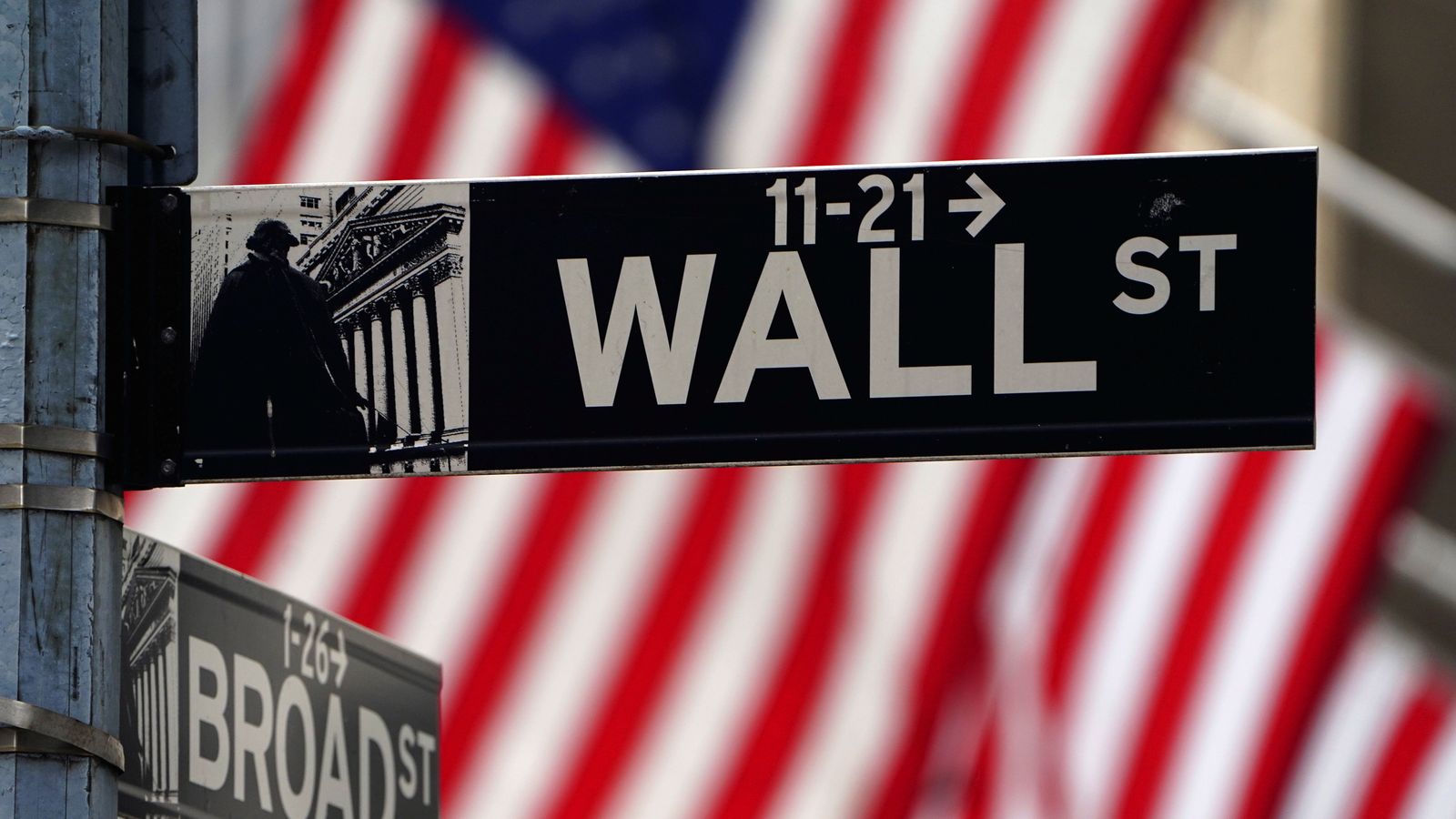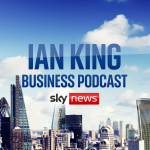New York’s Nasdaq and S&P 500 stock indices have hit new record highs helped by a rally some of America’s biggest tech stocks.
The tech-heavy Nasdaq climbed by 1% to top the 14,500 level for the first time and the broader S&P inched up by 0.2% to just over 4,290.
However, Wall Street’s Dow Jones Industrial Average – a narrower index of 30 household name blue-chip stocks – fell by 0.4%.
It was also a negative session earlier for European markets including London, where the FTSE 100 finished 0.9% lower, thanks to growing anxieties about the impact of the Delta variant of COVID-19.
All of the main New York stock indices have been trading at or around recent highs in recent months.
Equities bounced back from a slump at the start of the pandemic as the US Federal Reserve slashed interest rates to near-zero while the Trump and then Biden administrations deployed multi-trillion dollar stimulus programmes.
That meant Wall Street returned to rude health even as new waves of the pandemic swept the world and left business activity subdued.
Now, with the real economy in the US and elsewhere showing signs of rapid recovery – and no sign of the Fed’s support being withdrawn any time soon – New York’s stock markets have scaled even further heights.
It contrasts favourably with the FTSE – which has bounced back strongly from the worst days of the start of the coronavirus crisis but remains below its early 2020 levels.
The disparity is partly thanks to New York’s tech stocks – which have done better at a time when more people have been working, or spending their leisure time, at home.
That showed up in the uneven market performance in Wall Street on Monday.
Facebook – buoyed up by a US court throwing out a competition case brought against it by regulators – rose 4.2%, while Apple, Microsoft and chip firms Intel and Nvidia were also among the gainers.
Yet gains for technology stocks contrasted with declines for most other Wall Street-listed companies.
There are fears that some shares look expensive after gains so far this year while another worry is inflation – and the possibility that the Fed may need to step in with higher interest rates earlier than planned to try to curb it.
The next big turning point for markets could come on Friday when closely-watched monthly labour market figures are published.
Surging jobs numbers will be a welcome sign of a continuing recovery but a spike in wage growth could add to inflation worries and potentially upset markets.






















